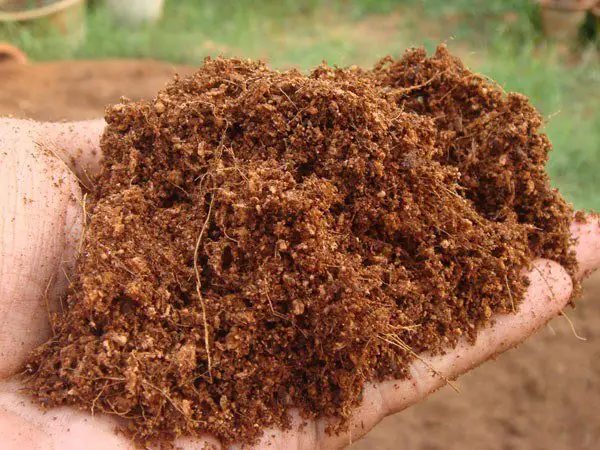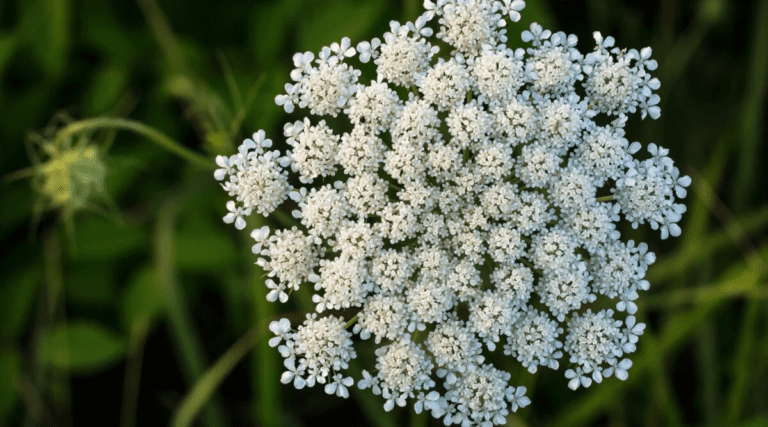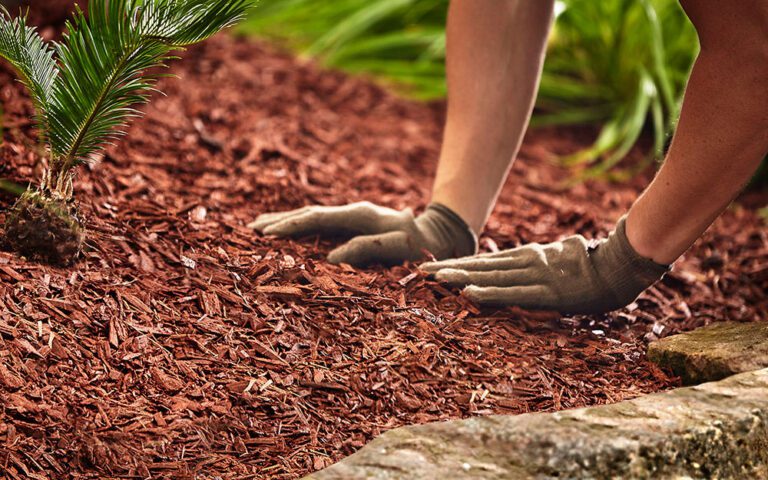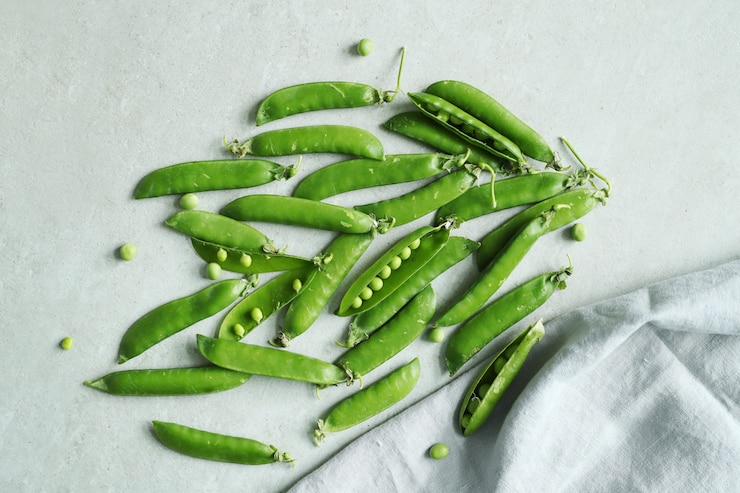Keeping Coco Coir Moist During Hot Weather Conditions
Table of Contents
Implementing Irrigation Systems for Efficient Coco Coir Moisture Management in Hot Weather
Irrigation is a critical component of efficient coco coir moisture management, particularly in hot weather conditions. A well-designed irrigation system can help mitigate the challenges posed by high temperatures and ensure optimal moisture levels for the growth of plants. When implementing irrigation systems for coco coir, it is essential to consider factors such as water availability, nutrient requirements, and coco coir’s unique water holding characteristics.
One of the key considerations when designing an irrigation system is determining the water requirements of coco coir. Coco coir has excellent water-holding capacity, which allows it to retain moisture for an extended period. However, this also means that coco coir requires a carefully calibrated watering schedule to prevent overwatering or underwatering. By measuring the water content of the coco coir regularly and adjusting the irrigation frequency accordingly, gardeners can ensure that the plants receive an adequate amount of moisture without waterlogging the growing medium.

Another important aspect of irrigation management is ensuring uniform water distribution throughout the coco coir. Uneven watering can lead to moisture discrepancies, negatively impacting plant growth and potentially causing plant diseases. To achieve uniform irrigation, gardeners can use techniques such as drip irrigation or micro-sprinklers. These methods allow for precise control over water distribution, delivering water directly to the plants’ root zones while minimizing evaporation and runoff. Additionally, the use of automated irrigation systems with timers can help maintain consistent watering schedules, ensuring plants receive the moisture they require even during periods of high temperature.
• Implementing an irrigation system is crucial for efficient coco coir moisture management in hot weather conditions.
• Factors such as water availability, nutrient requirements, and coco coir’s water holding characteristics should be considered when designing the irrigation system.
• Coco coir has excellent water-holding capacity but requires a carefully calibrated watering schedule to prevent overwatering or underwatering.
• Regularly measuring the water content of the coco coir and adjusting irrigation frequency accordingly can ensure optimal moisture levels for plant growth.
• Uniform water distribution throughout the coco coir is essential to avoid moisture discrepancies that can negatively impact plant growth and cause diseases.
• Techniques like drip irrigation or micro-sprinklers allow for precise control over water distribution, delivering it directly to the plants’ root zones while minimizing evaporation and runoff.
• Automated irrigation systems with timers help maintain consistent watering schedules even during periods of high temperature.
Understanding the Relationship Between Coco Coir pH
The pH level of coco coir is a crucial factor to consider when it comes to successful gardening and plant growth. Coco coir is naturally slightly acidic, with a pH range of 6 to 6.7. However, this can vary depending on factors such as the source and processing methods of the coco coir. It is important to understand the relationship between coco coir pH and plant health, as deviations from the optimal pH range can significantly impact the absorption of essential nutrients by plants. Maintaining the right pH level in coco coir is essential for ensuring optimal nutrient availability and uptake, as well as preventing nutrient deficiencies or toxicities that can hinder plant growth and development.
When the pH level of coco coir deviates from the suitable range, it can cause nutrient imbalances, affecting the plant’s ability to absorb essential elements efficiently. An acidic pH below 5.5 can result in an excess of certain elements, such as manganese or aluminum, which can become toxic to plants. On the other hand, if the pH rises above 6.7, the availability of essential nutrients like iron, zinc, or copper can decrease, leading to deficiencies. Achieving the ideal pH range in coco coir is crucial for maintaining a healthy root environment, as it allows plants to access the necessary nutrients in an optimally balanced manner. In the next sections, we will explore the various factors that influence coco coir pH and discuss effective strategies for managing and adjusting pH levels to ensure healthy plant growth.
• Factors influencing coco coir pH:
– Source of the coco coir
– Processing methods used
– Water quality and composition
• Strategies for managing and adjusting pH levels:
– Testing the pH of coco coir before use
– Using pH buffers or amendments to adjust acidity/alkalinity
– Regularly monitoring and maintaining pH levels in the growing medium
– Proper watering techniques to prevent fluctuations in pH
• Benefits of maintaining optimal coco coir pH:
– Enhanced nutrient availability and absorption by plants
– Prevention of nutrient deficiencies or toxicities
– Healthy root environment for improved plant growth and development
Let’s create a table to understand the relationship between Coco Coir pH and its impact on plant growth:
| Aspect | Description |
|---|---|
| pH of Coco Coir | Coco coir has a neutral pH range of 5.5-6.8. Unlike traditional acidic peat moss (with a pH of 3.8-4.0), coir’s neutral pH makes it an ideal medium for garden beds, containers, and greenhouses. |
| Vegetable Preference | Most vegetables prefer a pH anywhere between 5.0-7.0. Coir’s harmony with other mediums ensures it won’t interfere with pH and may even help balance it. |
| Growing Methods | – Raised Beds/Containers: Raised garden beds allow for adjusting pH acidity up or down by layering different growing mediums with coco coir. – Hydroponics: Coir, being a hydroponic medium, can be used solely. High-quality coir results in low sodium and balanced pH. – Greenhouses: Coir’s neutrality makes it ideal for greenhouse environments, where it can naturally raise soil pH. |
| Benefits | – Water Retention: Coco coir retains water exceptionally well. – Drainage: It provides proper drainage. – Antifungal Properties: Coir minimizes harmful pathogens and reduces the risk of pests. |
Remember that maintaining a balanced coco coir pH is crucial for healthy plant growth.
Understanding the relationship between coco coir pH and plant health is essential for successful gardening. By considering factors that influence coco coir’s natural acidity, such as its source, processing methods, and water quality, gardeners can make informed decisions about how to manage its pH effectively. Regular testing, monitoring, and adjustment using appropriate buffers or amendments are crucial steps in maintaining an optimal range (6-6.7) that promotes healthy plant growth.
By keeping a balanced pH level within this range, gardeners can ensure that essential nutrients are readily available for uptake by plants. This helps prevent nutrient imbalances that could lead to toxicities or deficiencies. Additionally, a stable cococo irpH creates a favorable root environment where roots can efficiently absorb nutrients from the growing medium.
In conclusion, understanding the relationship between coco coir’s natural acidity level (pH)and plant health is vital for successful gardening with this growing medium. By implementing effective strategies to manage and adjust its PH levels within an optimal range (6-6.7), gardeners can promote healthy plant growth while preventing nutrient imbalances or deficiencies.
Please do watch video and know some tips.
What is coco coir pH and why is it important?
Coco coir pH refers to the measurement of acidity or alkalinity in coco coir. It is important because it affects the availability of nutrients to plants and can impact their growth and overall health.
How can I measure the pH of coco coir?
You can measure the pH of coco coir using a pH meter or a pH testing kit. Simply follow the instructions provided with the device or kit to obtain an accurate pH reading.
What is the ideal pH range for coco coir?
The ideal pH range for coco coir is generally between 5.5 and 6.5. This slightly acidic to neutral range allows for optimal nutrient availability to plants.
Can the pH of coco coir affect plant yields?
Yes, the pH of coco coir can have a significant impact on plant yields. If the pH is not within the proper range, plants may not be able to absorb essential nutrients effectively, leading to stunted growth and lower yields.
How can I adjust the pH of coco coir?
To adjust the pH of coco coir, you can use pH adjusters or amendments specifically designed for horticultural applications. These products can help raise or lower the pH as needed. It is important to carefully follow the instructions provided with the pH adjuster to avoid overcorrection.
Are there any natural ways to adjust the pH of coco coir?
Yes, there are natural ways to adjust the pH of coco coir. For example, adding organic matter such as compost or aged manure can help lower the pH, while adding agricultural lime or dolomite lime can help raise the pH. However, it is important to monitor the pH closely when using natural methods as they can take time to take effect.
How often should I test the pH of coco coir?
It is recommended to test the pH of coco coir regularly, especially when setting up a new system or when experiencing plant health issues. Testing once a week or bi-weekly is a good practice to ensure the pH remains within the desired range.
Can pH fluctuations in coco coir affect plant growth?
Yes, pH fluctuations in coco coir can have a negative impact on plant growth. Rapid or significant changes in pH can disrupt nutrient availability and uptake, leading to stress and potential damage to plants.
Is it necessary to adjust the pH of coco coir for every crop?
While it is generally recommended to adjust the pH of coco coir for each crop, it may not always be necessary. Some crops have a wider pH tolerance and can still thrive within a slightly broader pH range. However, it is best to consult specific crop guidelines or seek advice from horticultural experts for optimal results.
Can improper pH in coco coir lead to nutrient deficiencies?
Yes, improper pH in coco coir can lead to nutrient deficiencies. If the pH is too high or too low, certain nutrients may become unavailable to plants, even if they are present in the growing medium. This can result in nutrient deficiencies and negatively impact plant health.

Nicole Burke is a dynamic writer at SouthElMonteHydroponics, fueled by her passion for horticulture and environmental sustainability. Armed with a degree in Environmental Science from a renowned institution, Nicole’s expertise lies in hydroponic gardening, organic farming, and biodiversity conservation. Her insatiable curiosity and love for nature drive her to explore innovative techniques in hydroponics, seeking to revolutionize the way we grow crops in urban environments. Nicole’s writing reflects her deep commitment to promoting eco-conscious practices and fostering a deeper connection between humans and the natural world. Through her engaging storytelling, she inspires others to embrace sustainable living and harness the power of hydroponics for a greener future.






